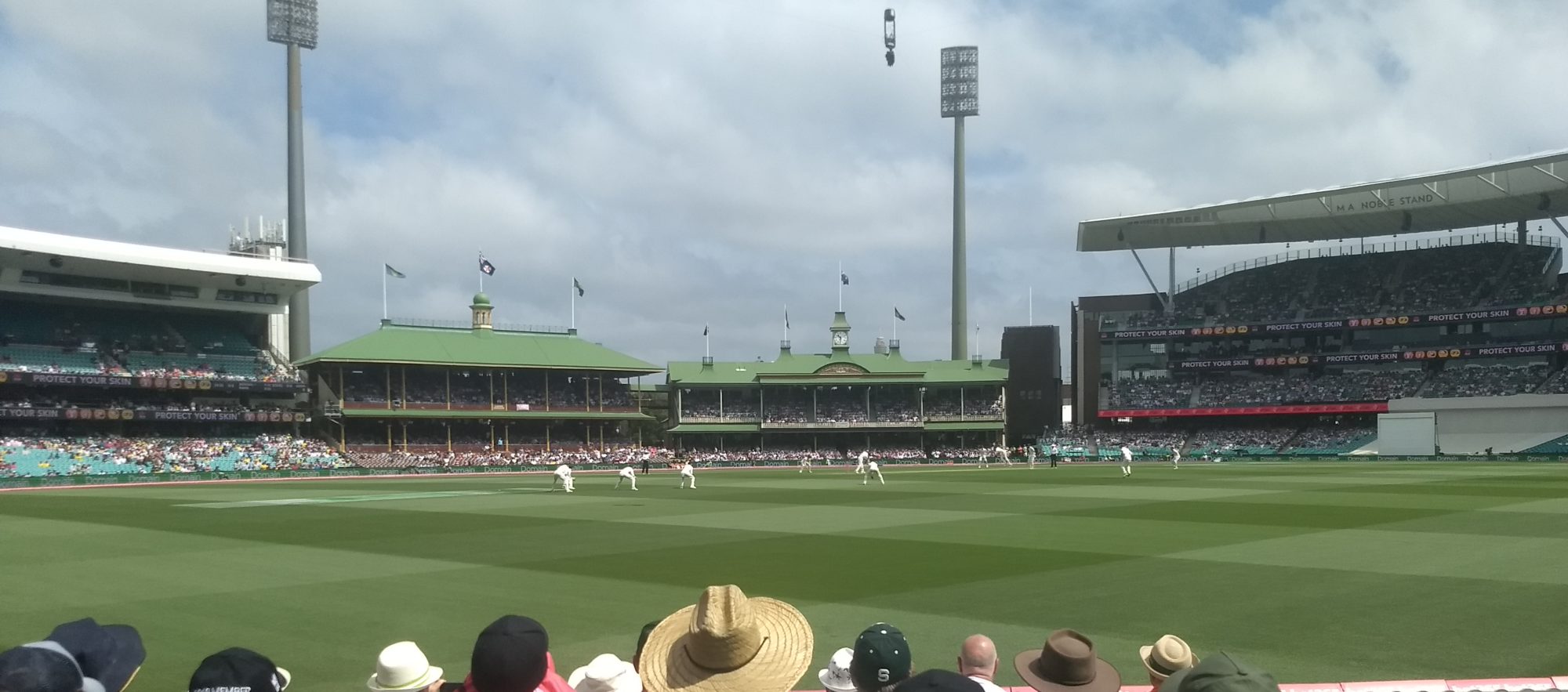Australia is the outstanding Test team of our time, there can be no doubt. They have a batting lineup whose depth and talent is of historic proportions. Matthew Hayden demonstrated amazing staying power with his world record 380 against Zimbabwe at the WACA, while Adam Gilchrist is an extraordinary player to be coming in to bat at seven. The bowling, however, does not have the same immense depth to draw upon.
What could have been a win by an innings and 300-plus was pulled back to an innings and 175 as Zimbabwe’s lower order exploited a depleted Australian attack on the fourth day, and then – with the help of the weather – into the fifth. Already without Glenn McGrath and, till next February, Shane Warne, Australia lost Jason Gillespie and Stuart MacGill on Saturday evening with muscle tears. Suddenly, Darren Lehmann was the strike spin bowler. Hardly the same standard as Warne or MacGill, and his 3/61 from 31.2 overs was a flattering return for persistance against a Zimbabwean team hoping, against expectation, to salvage a draw in the rain.
In the end, the match was Australia’s, but will be remembered for one reason and one reason only in years to come – Hayden’s world record knock. Zimbabwe are a team struggling to keep in touch with mediocrity, alas, and Sean Ervine was really the only player to display any long-term promise. Heath Streak’s decision to put Australia into bat after he had won the toss looked daft at the time, and only looked worse when Steve Waugh declared on 6/735.
There should be one key motive in deciding to bowl first, ie, the belief that your batsmen will score more runs than their opponents if you bat second. What *was* Heath thinking?
We should not fail to acknowledge the wider emotional context in which the Australian team placed the Perth Test, coinciding as it did with the first anniversary (on the Sunday) of the terrorist atrocity at Kuta Beach, Bali. The anniversary was an occasion of national – if perhaps a little too nationalistic – rememberance of the 88 Australians among the 202 people from many countries who died at Bali that night, and the Test team wore specially enscribed black armbands throughout the Test, while Hayden himself dedicated his innings to the memory of the victims.
The absurdly-titled “3 Test Series” ends with the Second Test in Sydney starting on Friday. It should be another romp for the Australians on a ground likely to be devoid of atmosphere, but with Brad Williams or Nathan Bracken likely to replace Gillespie with the new ball, it is clear that Australia does not have the same awesome depth in bowling stocks as it does in its batting. Brad Hogg (if, indeed MacGill is ruled unfit) is a workmanlike choice as Australia’s number three wrist-spinner, but try naming a decent Number Four. Cameron White?
It’s an odd choice by the selectors to bypass Martin Love and Michael Clarke as replacement for the injured Lehmann, and choose Simon Katich. He may have played one Test on the 2001 Ashes tour, but Katich has definitely slipped down the pecking order since then. Surely his new-found talent as a left-arm wristie hasn’t pushed his name over the line. The new Michael Bevan? Not by any measure, in my view.
